Reviews 12 min read
Tesla Model Y Long Range: The practicality of an SUV with the driving dynamics of a sports car
Discover EV expert verdict...
- Bigger boot and frunk than Model 3
- Long range and charging infrastructure
- Excellent performance
- Still no heads-up or dash display
- No room for third passenger if using two car seats or a seven-seater option
- Model 3 handles better
The Model 3 has proved immensely successful, but for many UK car buyers they were left wanting for something larger. Does a larger SUV body and a hatchback offer enough space and practicality? As a family of five we were about to find out.
Overview
Despite the fact the Model Y has been out in the US since March 2020, UK deliveries only began at the very end of February 2022. It’s Tesla’s fourth model after the Model S saloon, big SUV Model X and smaller saloon Model 3, which the Model Y shares more than 70 per cent of its parts with.
Its closest rivals are the Audi Q4 e-tron, BMW iX1, Ford Mustang Mach-E, Genesis GV60 and Kia EV6. However, its biggest advantage is that it can officially go farther between charges and you can charge it up more quickly at one of the many Tesla Superchargers you can find all around the UK. We take a deep dive into what other areas it excels in and those that it doesn’t.
Driving
The Model Y shares most of its running gear with the Model 3, and for now there are three variants, two with a dual motor all-wheel drive powertrain format, and an entry-level rear-wheel drive version with 295hp and a 0-60mph time of 6.6 seconds. The two priciest ones are the Long Range which is the model we had on test, offering 507hp and a 4.8 second 0-60mph time, and the Performance, which adds a further 20hp and together with 487lb-ft of torque makes it one of the fastest mid-sized SUVs money can buy. It’ll obliterate 60mph in 3.5 seconds before going on to reach 150mph (the other two have a top speed of 135mph) and while that makes it slower than the Model 3, unless you’re on a track it’s more than enough!
Tesla say it’s capable in the snow and mud – we weren’t able to test this out but we doubt it is Land Rover capable. Then again, what Tesla owner really cares? While it has its glitches now and again (we can vouch for this first hand owning a Model 3), generally Tesla’s autopilot advanced safety and convenience features are second to none, with the ability to visually process at up to 250 metres of range. While it will largely drive for you, you always need to supervise the system ready to take back control – especially, for instance, when it confuses the shadow from an overhead gantry for a vehicle and will apply the brakes!
As well as excellent straight line performance it handles well too, not as fun as the Model 3 but better than the Model X, which is heavier and less agile. The steering feels firmer – but in a good way – it is responsive and super sharp, and while the suspension is hard, it is more comfortable riding over uneven surfaces, aided by the seats which are much more SUV-like. We like the high seating position and it’s more engaging to drive than the Volkswagen ID.4 and Ford Mustang Mach-E but perhaps it’s not as smooth or composed as the Audi Q4 e-tron and Kia EV6. Overall, there’s lots of grip, handling is good, with little body roll when cornering, and on the standard 19s rather than optional 20s there’s no sacrifice to ride quality.
Our only gripes.... There’s a lot of wind noise – not helped by the huge glass roof (this is something we noticed with the latest generation Model 3), rear visibility is poor and it has a huge turning circle. There are two levels of regenerative braking, from freewheel coasting to high resistance that means you can drive the car mainly using one pedal – it’s one of the best calibrated braking systems we’ve experienced.
Range and running costs
If it’s infrastructure anxiety that you’re suffering from when considering an EV, then buy a Tesla. They currently have over 45,000 Superchargers worldwide (plus 40,000 wall connectors at Destination Charging sites). We’ve had a Model 3 for almost three and a half years now and haven’t considered exchanging it mainly for the brand’s comprehensive and reliable charging network. Obviously charging at a Supercharger will cost you more than at home overnight – the latest stats from our Tesla app shows we’ve spent £56 for 266kWh vs £134 for the equivalent petrol – but it’s significantly cheaper than other providers. So, for example at our Maidstone Supercharger, you’ll pay 52p/kWh for 120kW versus 75p/kWh for a lesser powered 50kWh evyve charger. Another plus point, the latest 250kW Superchargers will add 75 miles of range in five minutes, while 15 minutes of charging will add 158 miles. That’s enough time to grab a coffee or take pictures of your children posing through the hole of the posts!
The Long Range with a 75kWh battery, boasts 331miles – a figure based on the optional 20 inch wheels so in theory you should be able to cover 351 miles with 19s, depending on how often you stab that throttle pedal, of course. We were averaging around 3.6 to 4 miles per kWh not driving particularly economical, on a mix of roads and during average September temperatures.
The model Y starts at £44,990 – and you’ll pay an extra eight grand for the Long Range or on PCP £646 per month with a down payment of £7050 (10,000 miles, 48 month term), which is around the same price as the high spec Kias or Hyundais, with the all-wheel drive, dual-motor performance Kia EV6 offering 328 miles, or 315 miles for the big battery version of the IONIQ 5. It also undercuts the BMW iX1, Genesis GV60 and Jaguar iPace and resale values are predicted to be excellent. Electric car owners are exempt from paying vehicle excise duty until 2025, while company car drivers are quids in by paying exceptionally low tax rates.
Obviously an electric car has lower service costs than a combustion-engined car, thanks to fewer mechanical parts and the infotainment screen will advise when the car needs servicing. Note that Tesla customer service isn’t perfect if you want to actually talk to someone, as they prefer texting or requests via app, which can be infuriating. On the upside build quality – inside and out is so much better than earlier Tesla models, but not what you’d expect for a car that’s £45k, we’ve certainly had more than our fair issues with the Model 3.
Design
Outside, the Y just looks like a bigger, higher riding version of the 3, with a little extra black plastic trim around the door sills and wheel arches. It still features Tesla’s distinctive grille-less front end, headlights and aerodynamic body styling, the only real difference between the two is the boot lid – the Model Y has a hatchback opening that lifts with the rear glass, giving better access, while the Model 3 has a fixed rear windscreen. It doesn’t get the Model X’s ‘falcon doors’ and thankfully has a round steering wheel! There’s a choice of five colours – Pearl white being the only free option otherwise you pay £1100 for black silver or blue, and £2100 for the worst shade of red ever. There’s not much to say other than that. It’s a Tesla, its styling isn’t particularly polarising, unlike its creator, but it is starting to look basic, boring and outdated.
Inside, it’s a similar story. You get a choice of all black or black and white for £1100. The interior of the Y is just like all the models preceding it - simple and sparse! While a lot of people like that we think it’s still a step too far – yes the 15 inch central touchscreen is second to none but the cabin doesn’t feel luxurious or inspiring. It’s a mix of wood, hard black plastics, vegan leather and suede and a bit of brushed aluminium. There’s no head-up or dash display, something that Tesla is really missing out on – and the only physical controls you’ll find are on the multi-function steering wheel, the column stalks and the electric window and door opening buttons.
There’s no denying that the quality of the interior can’t compete with its rivals – both in terms of design, fit and finish and quality of materials – but there is a counter-argument. And it’s that you're paying for performance, range, infrastructure and technology, and ultimately that is what a lot of people want from an EV. And the thing is while people like to argue Tesla is not a ‘car company’, 83 per cent of all money Tesla makes (data source: Tesla January 2023 q4 shareholder deck) is made through selling cars and Tesla is very good at it – better than most in fact. A report from data firm JATO Dynamics, along with automotive site Motor.1.com, found the Tesla Model Y was the No. 1 selling vehicle globally in the first quarter of the year, marking the first time an EV was the top-selling vehicle.
Comfort and practicality
Straight off the bat you’ll notice how much more comfortable and practical the Model Y is over the 3. The seating position is elevated like an SUV and the seats themselves feel a lot more bolstered and supportive. Like all Tesla’s you can access everything on the touchscreen including high-definition side and rear view camera views, navigation, films, music, games and more. Your surroundings are visualised in real time while you drive to display speed limit signs, upcoming traffic control signals, pedestrians, cyclists and hazards in a 360-degree surround view. With regular over-the-air software updates introducing new features, functionality and performance, as well as an immersive sound system (utilising 13 speakers, a sub and two amps) it really is the best in the industry.
Just like the Model X it also has a tinted glass roof (with ultraviolet and infrared protection) making the cabin feel light and airy as well as increasing visibility. While it’s spacious for the front occupants however, accommodating three adults in the back is doable but at a squeeze and if you’ve got two child seats forget about taking anyone in the middle. And because of the curved roof, headroom isn’t much better than most family hatchbacks. This is a big downfall in our eyes, with cars like the MG4 EV offering a lot more space and costing significantly less. It’s also only available with five seats here in the UK, unlike in North America where you can get an optional third row and for a seven seat layout, although it will be offered in the future, apparently.
On the upside, the frunk and boot is bigger compared to the Model 3, and each second row seat folds flat independently, creating flexible storage and in total 2041 litres of space. The tailgate opens to a low trunk floor that makes loading and unloading easy and quick and there’s a handy little tray beneath it for storing cables in. Throughout the cabin there are lots of storage cubbies, two wireless smartphone charging pads below the central touchscreen and four USB-C charging sockets
You can add a tow hitch for £1090 that is capable of towing up to 1600kg and it comes well equipped as standard and that’s because there’s only two options – Enhanced Autopilot (navigate on Autopilot and Auto Lane Change) for £3400 which is worth getting, or what they call Full Self-Driving Capability for £6800 (Autopark, Summon, Smart Summon) which is quite frankly a waste of money. If you want live traffic visualisation, satellite-view maps, video and music streaming, Caraoke and Internet browser you’ll need to subscribe to Premium Connectivity.
So what else do you get for standard? Well, the front seats are power-adjustable, and all five seats are heated as is the steering wheel. A Driver Profile function allows you to save seating and steering wheel positions, as well as personalising the infotainment and tech systems you prefer to use. Tesla’s Sentry Mode saves you the expense of getting a dash cam - once armed, it will detect if anyone comes close to the car while it’s locked, recording footage from its external cameras. There’s also advanced climate control – including a HEPA filtration system to deliver the best possible cabin air quality and pre-conditioning which automatically warms the cabin and prepares the car’s battery to maximise range and efficiency. You even get LED fog lamps and power folding, auto-dimming, heated side mirrors thrown in.
Verdict
Order your Tesla Model Y today and estimated delivery is August to September – that’s pretty impressive when a lot of wait times for a new car is six to 18 months, and when you consider that electric SUVs are a hot commodity right now, it’s no wonder it’s the best-selling car worldwide. The Model Y is fast, has a long range, unrivalled on-board technology and is very practical but only for 2.4 children families and there are quieter and more comfortable riding alternatives. That said if you want a capable all-electric family SUV, it’s up there with the best EVs on sale today.
Key Specs
2022 Model Y Long Range
Price (RRP OTR): From £44,990, £52,990 (model as tested)
Top speed: 135mph
0-60mph: 4.8 seconds
Power: 507hp
Torque: 364lb-ft
Driving range (combined): 331 miles
Charging time: 8 hours 15 minutes (0-100%, 11kW); 27 minutes (27-216 miles, 250kW)
Insurance group: 48
Vehicle warranty: 4 years or 50,000 miles
Battery warranty: 8 years/120,000 miles (for every model, Tesla guarantees 70% battery capacity retention over the life of the battery and drive unit warranty)

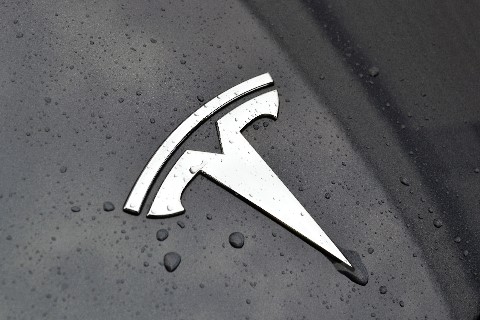

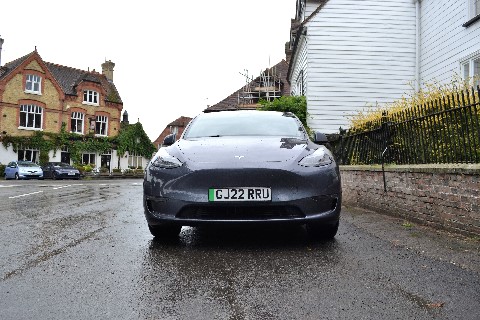
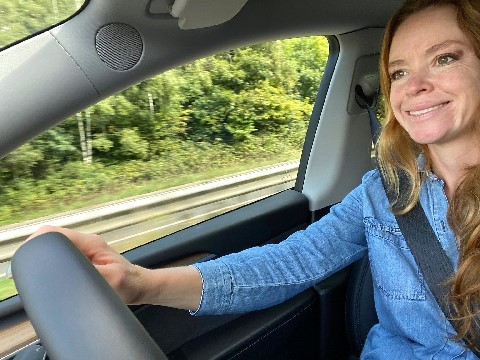
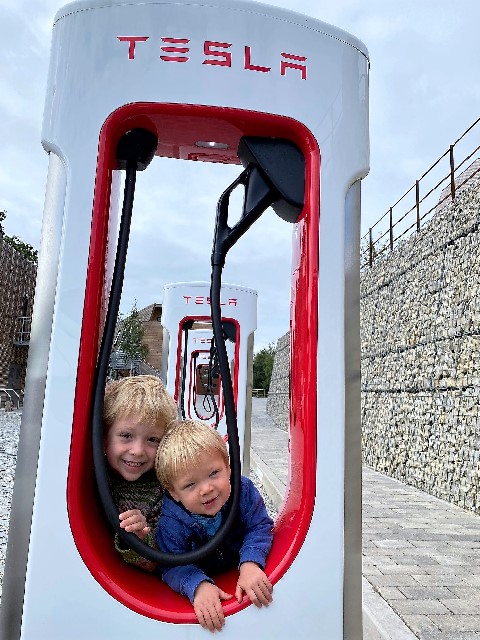
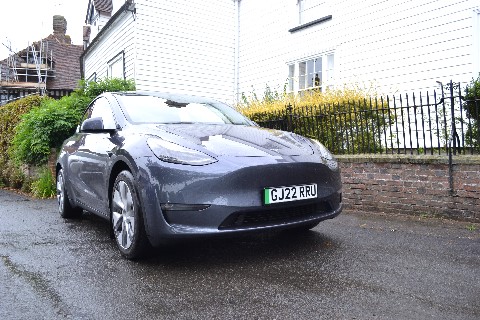
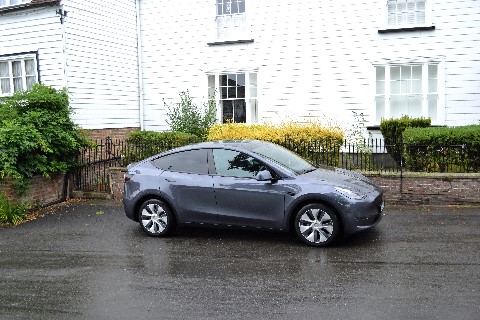
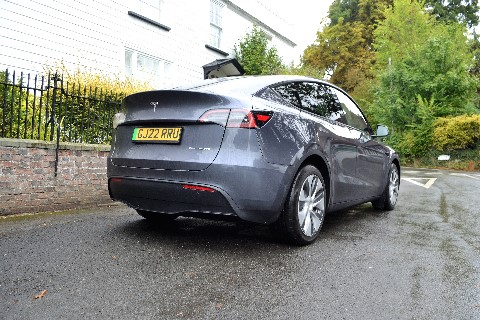
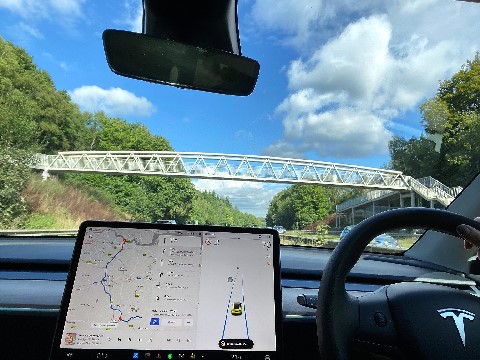
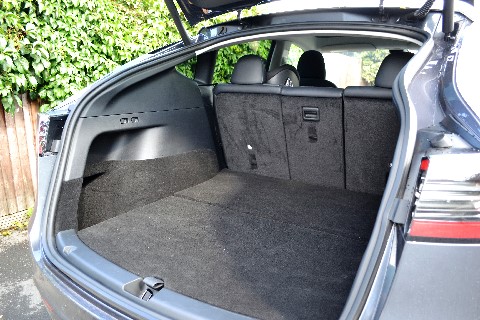
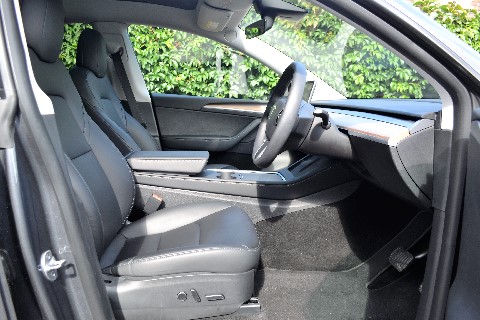
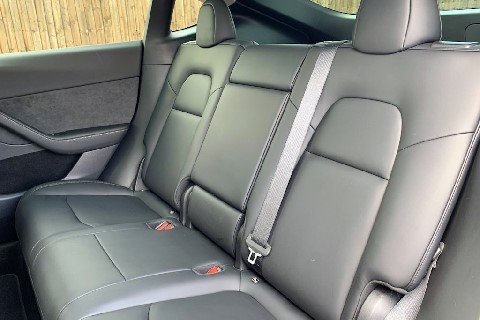
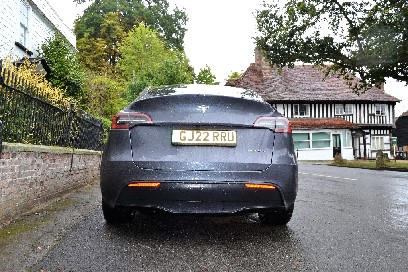

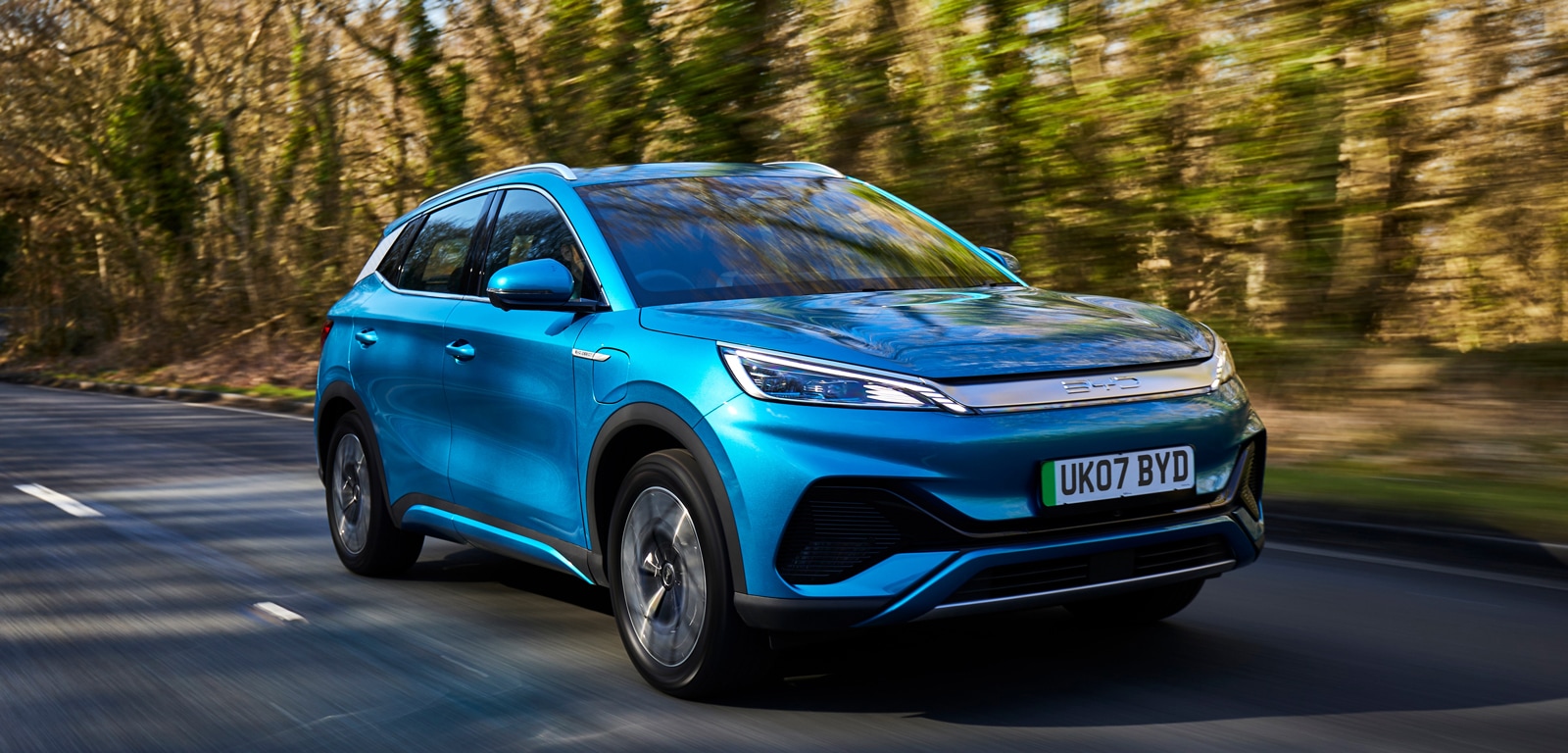
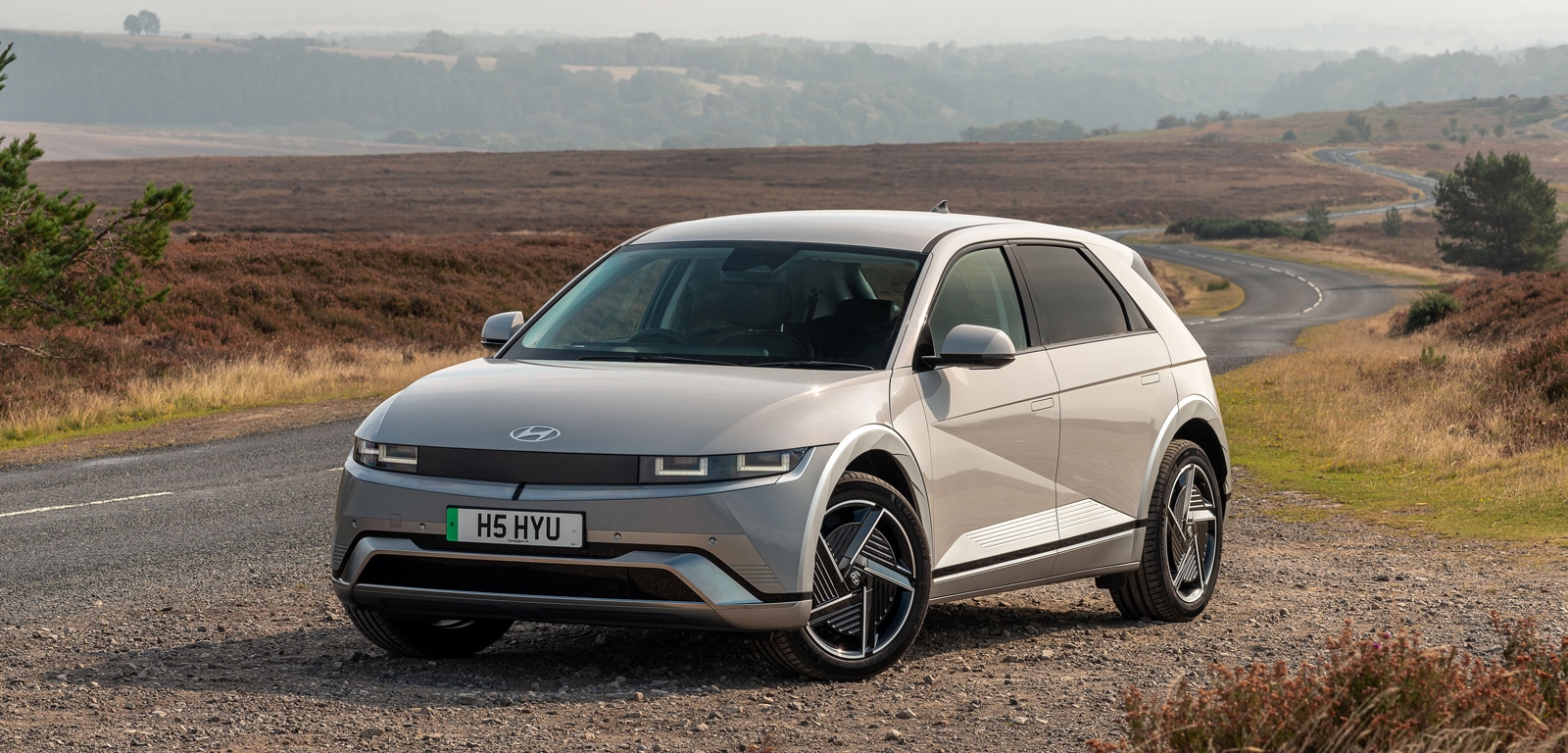
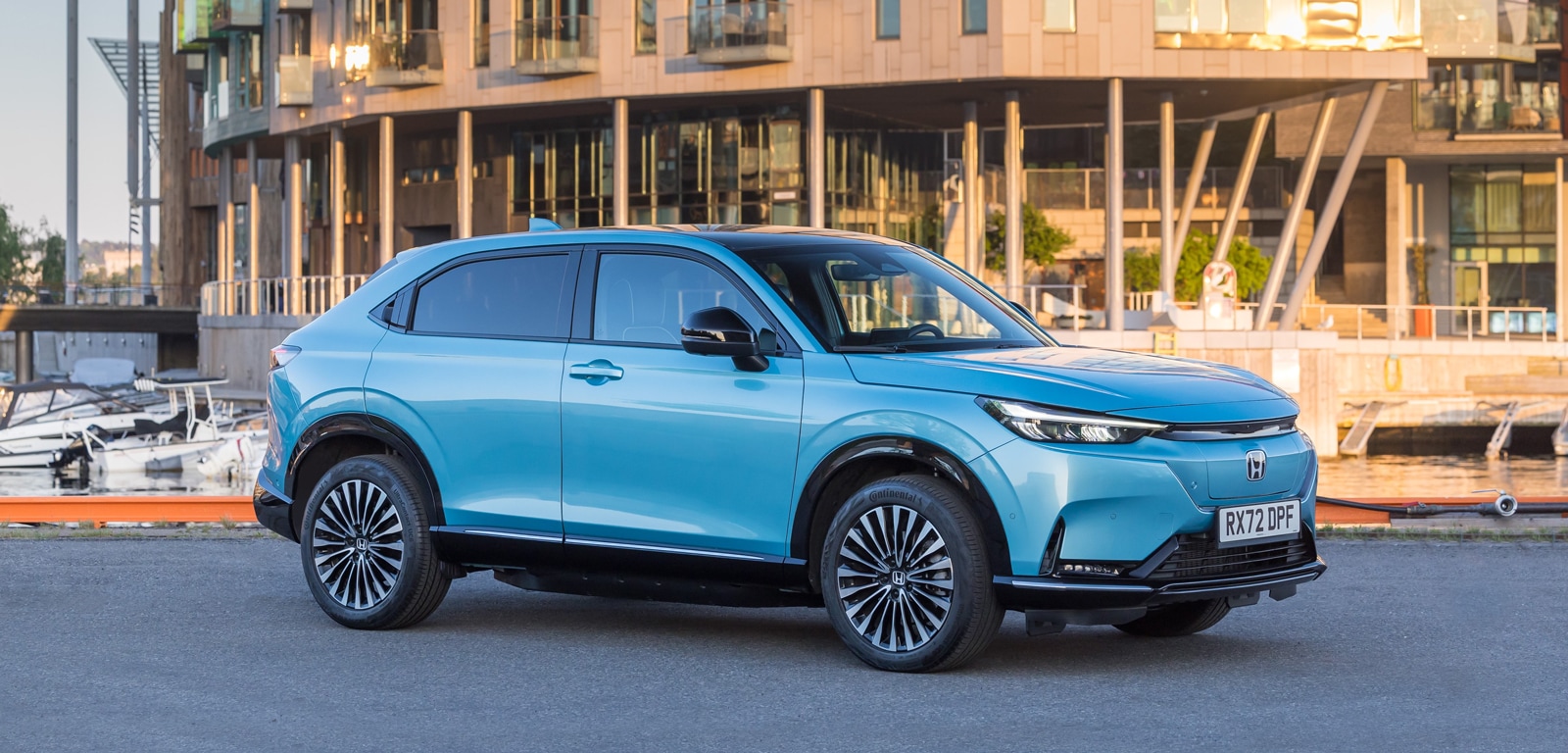
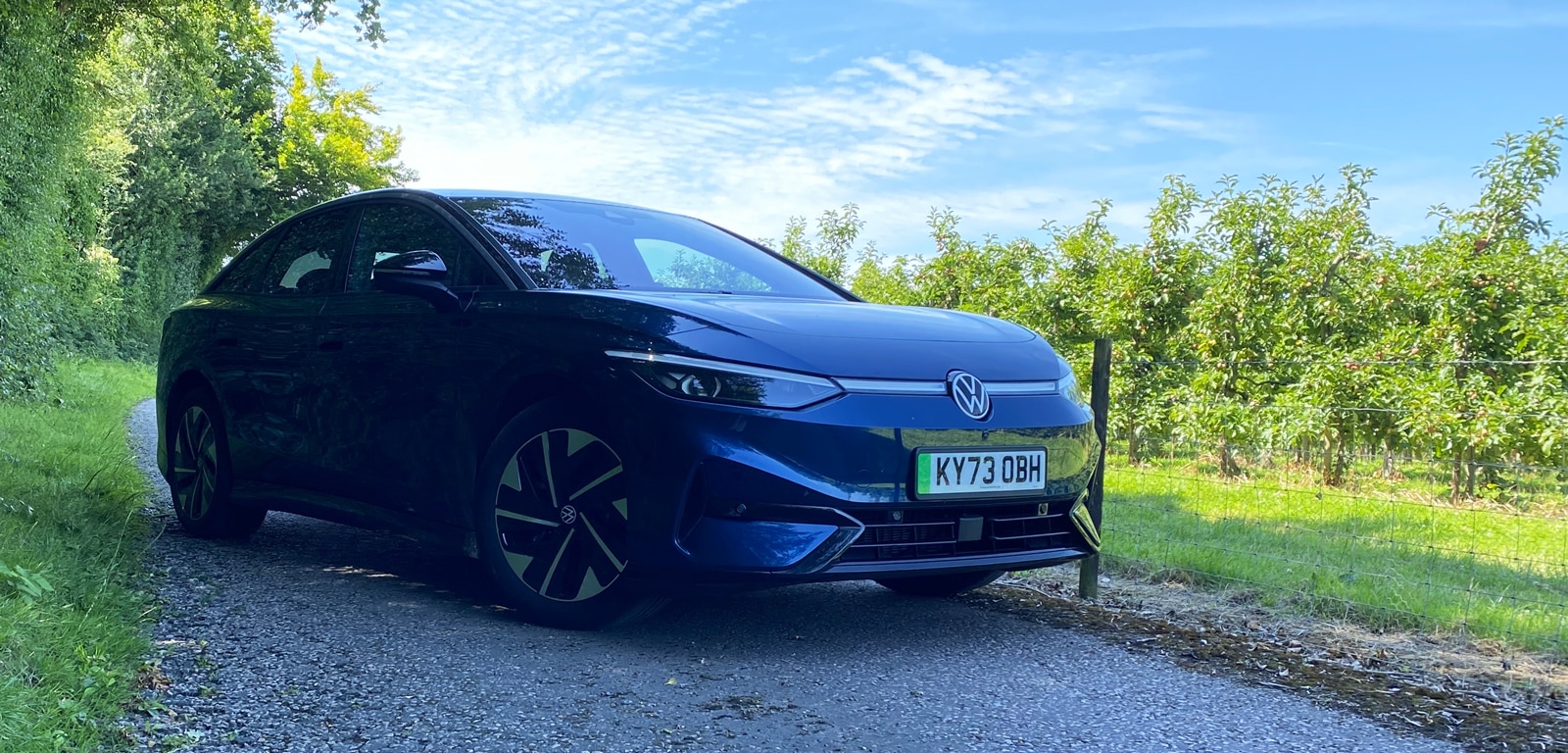
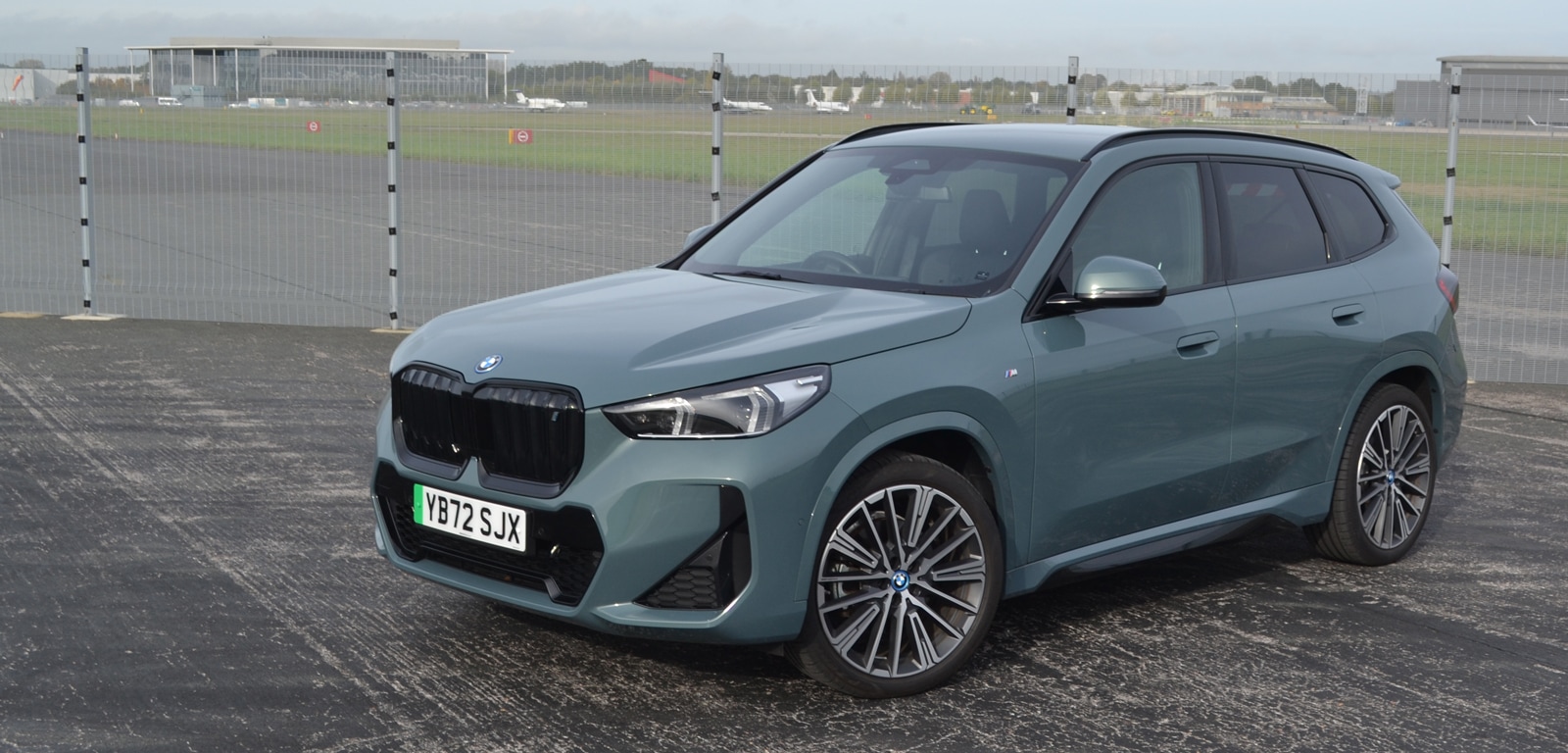


Comments (0)
Be the first to write a comment
Login/ Signup